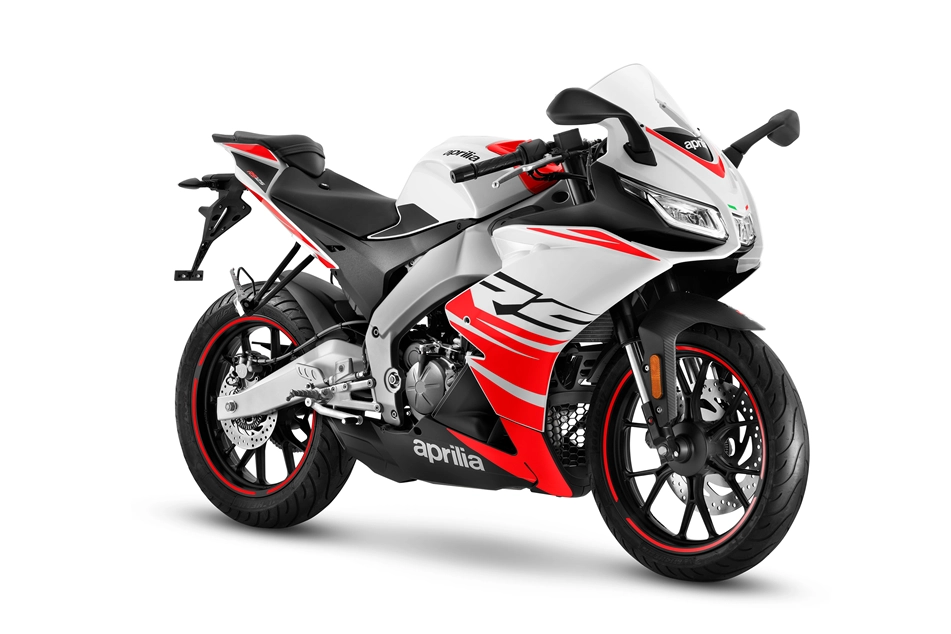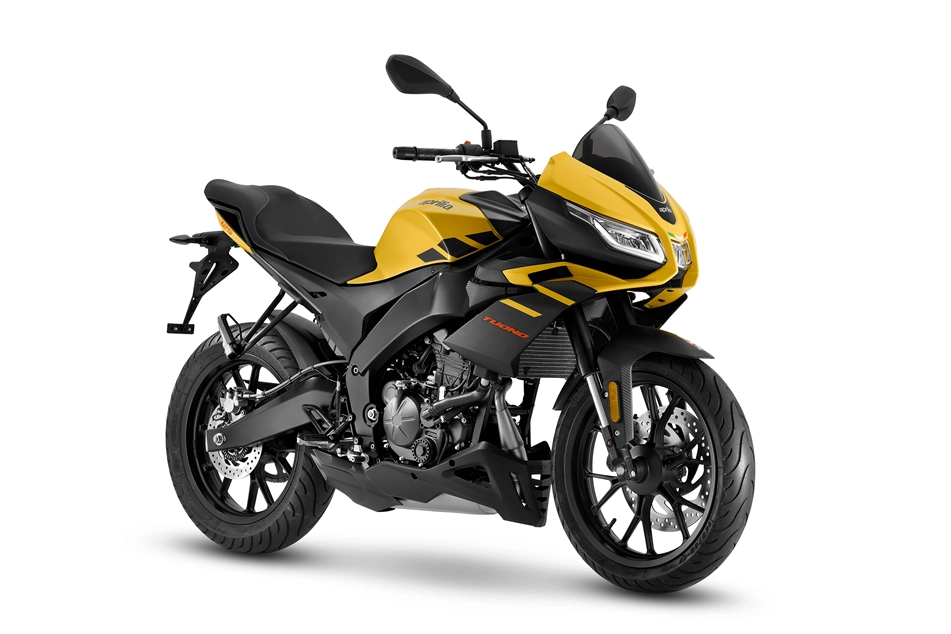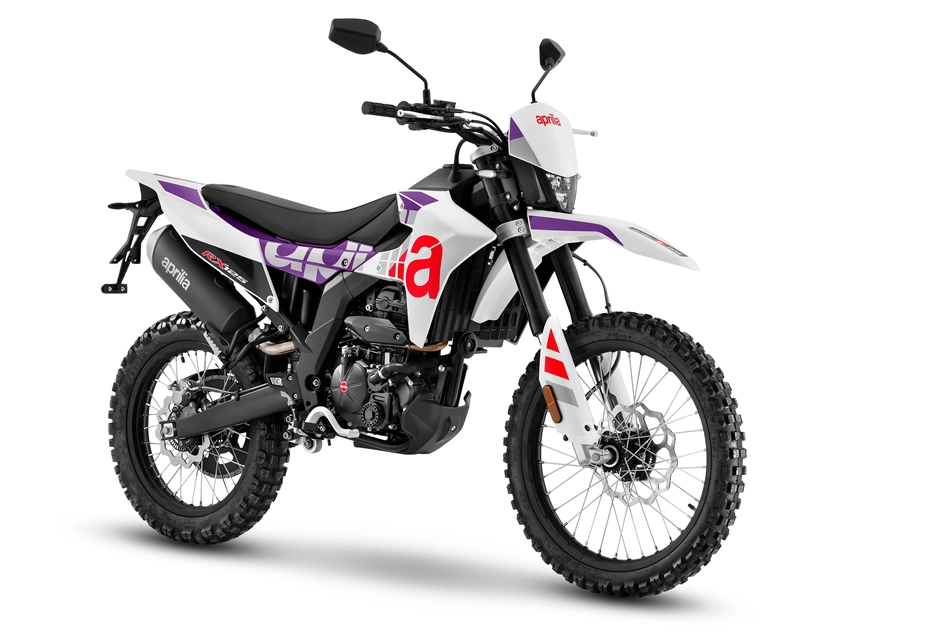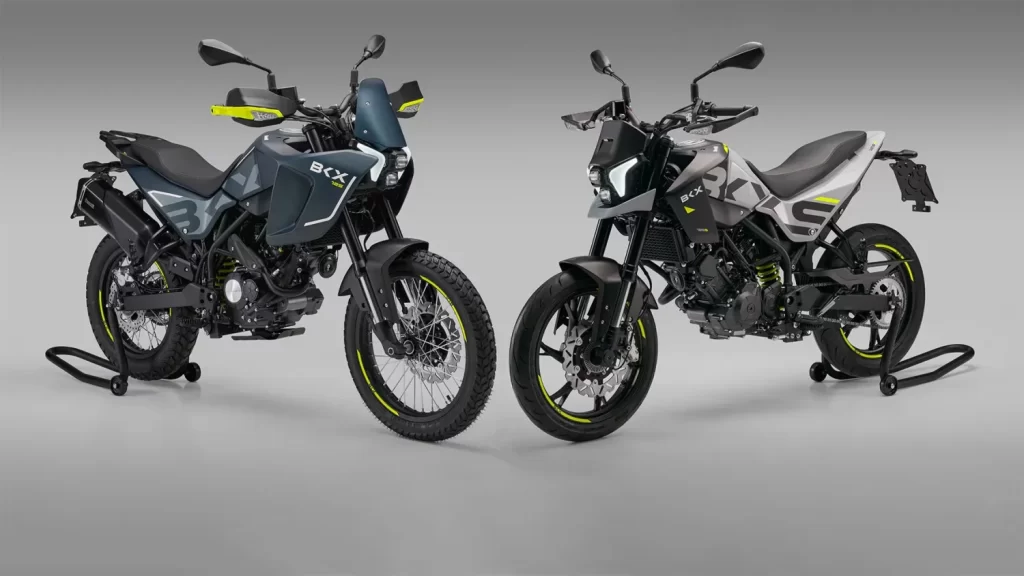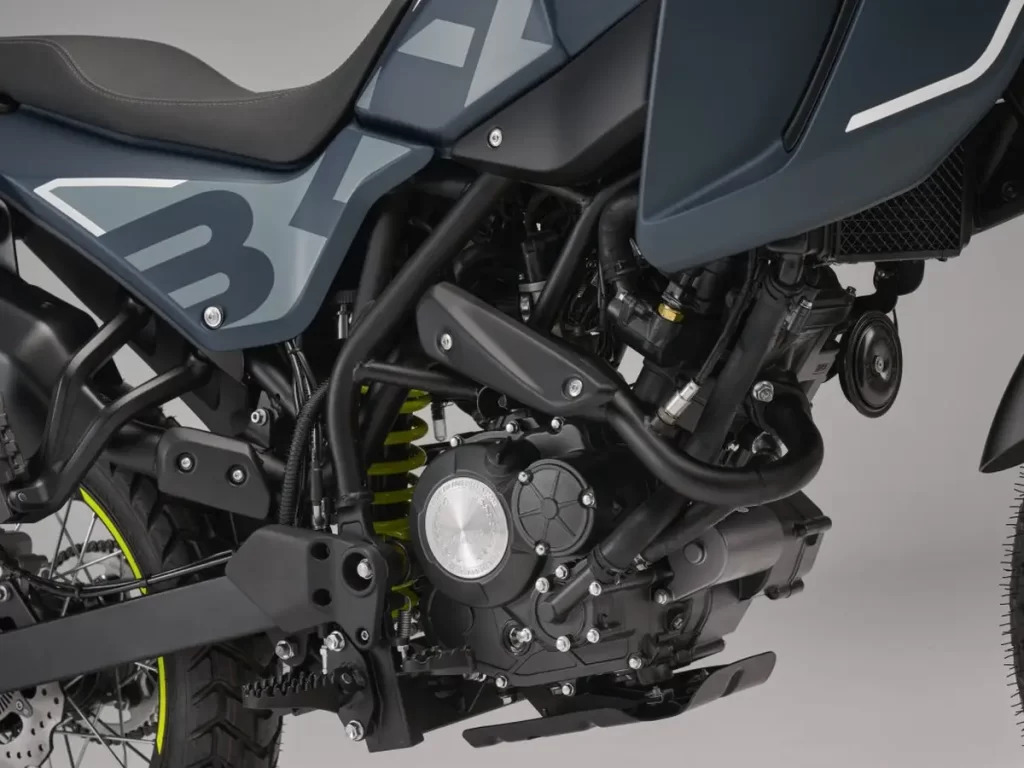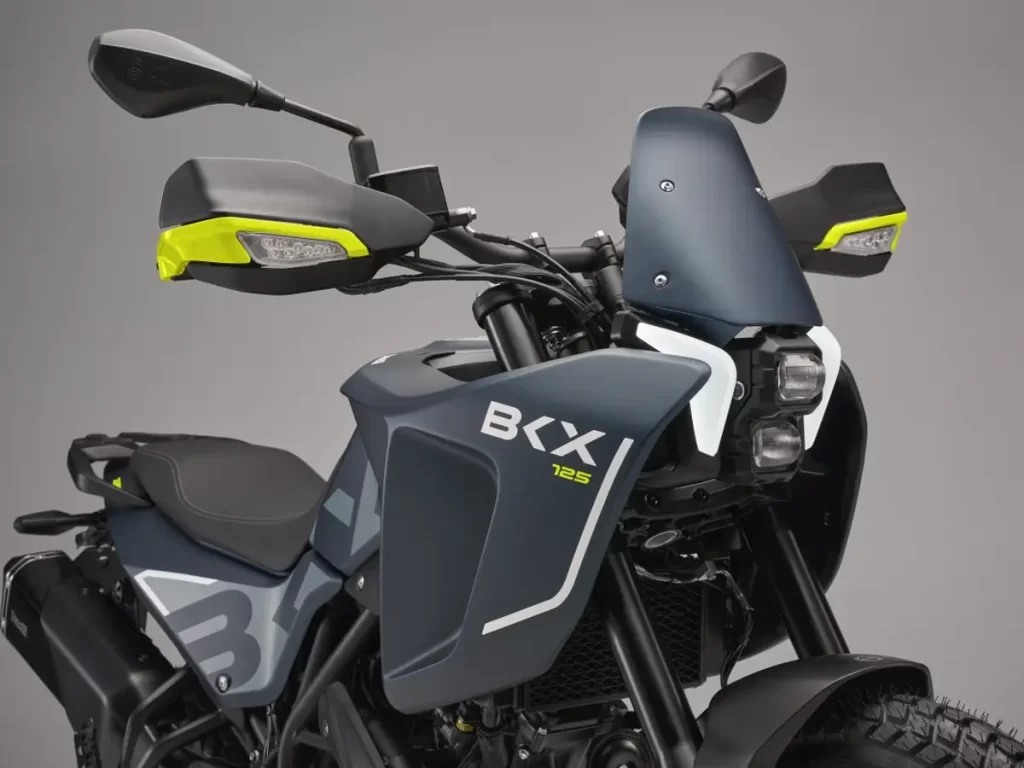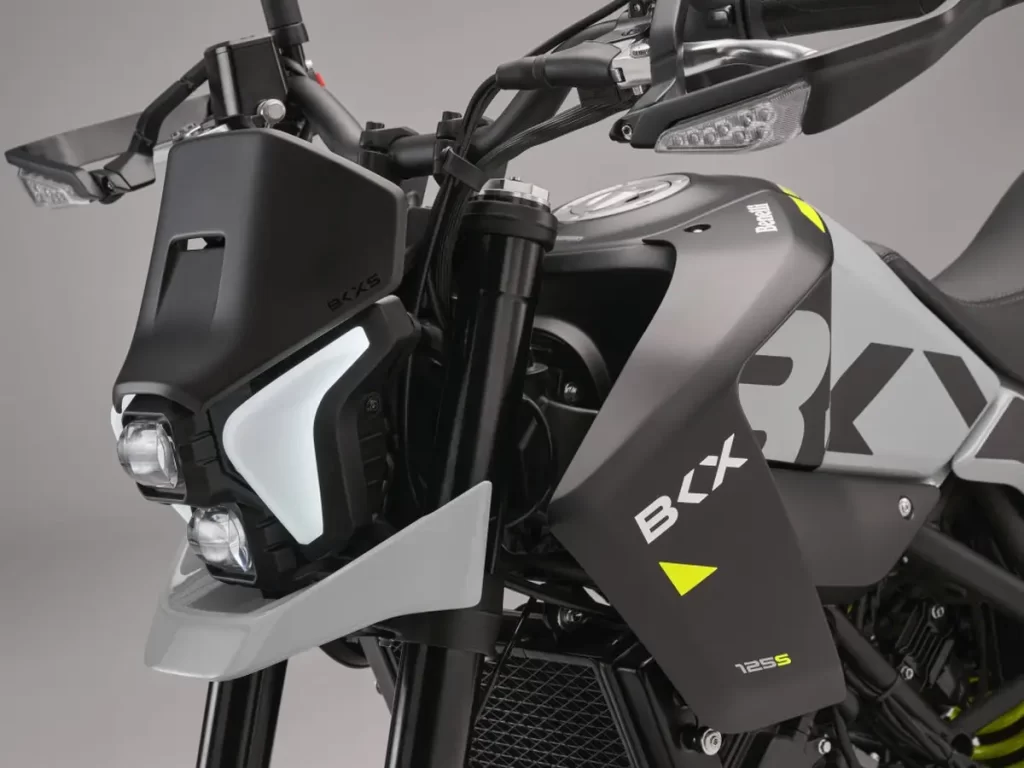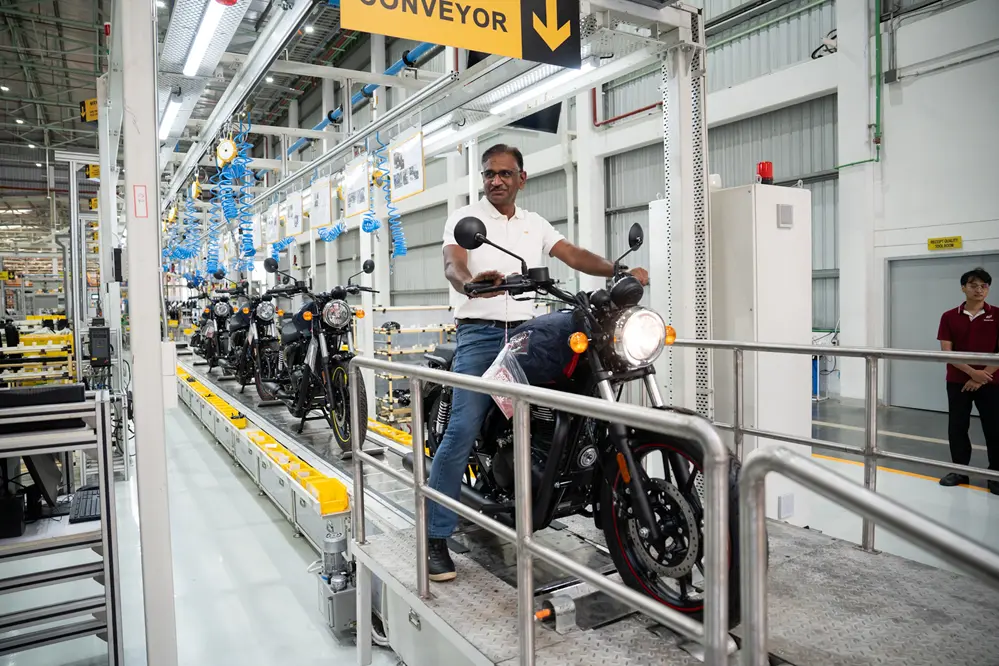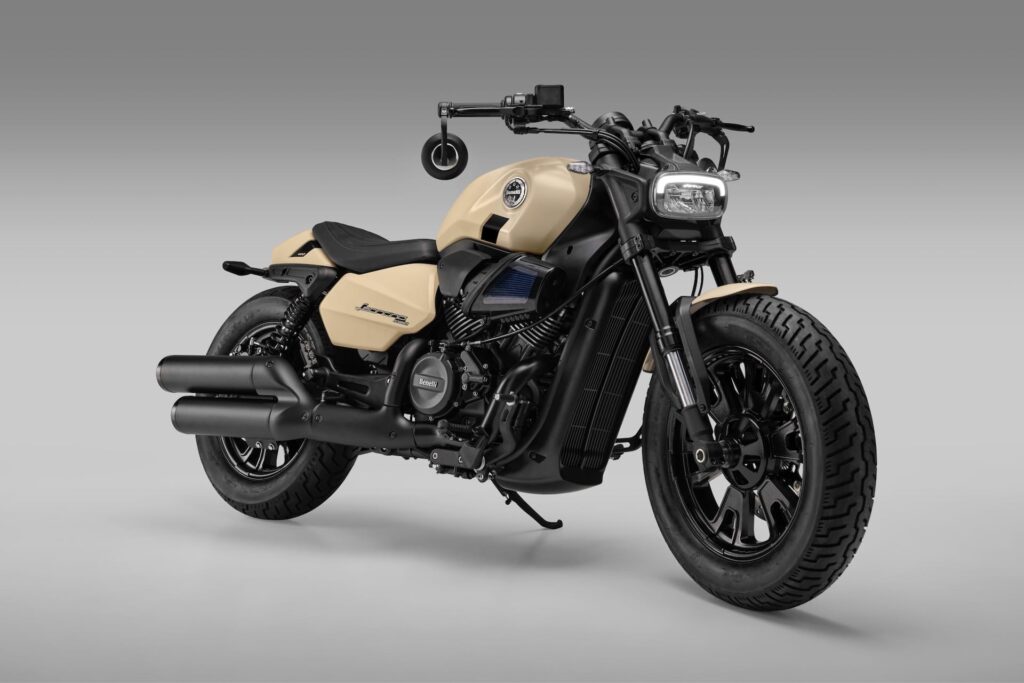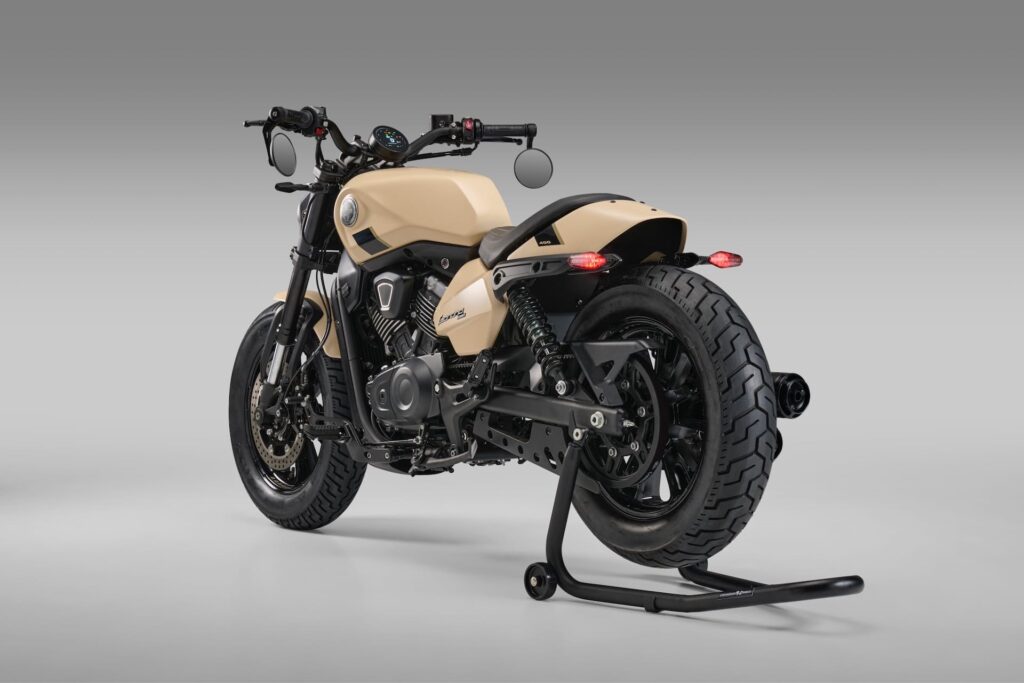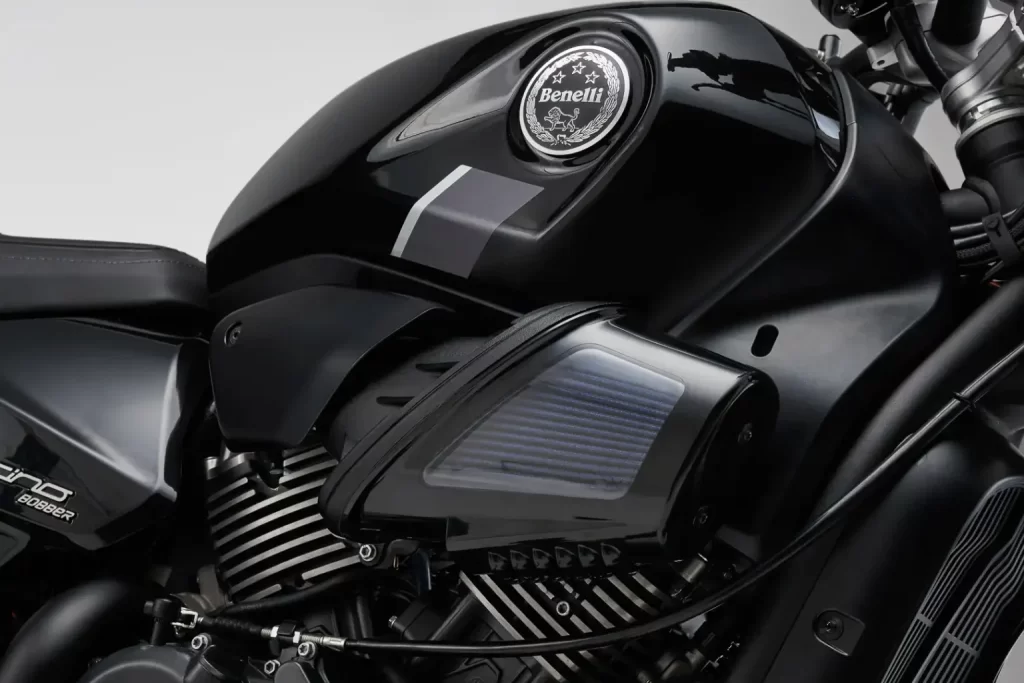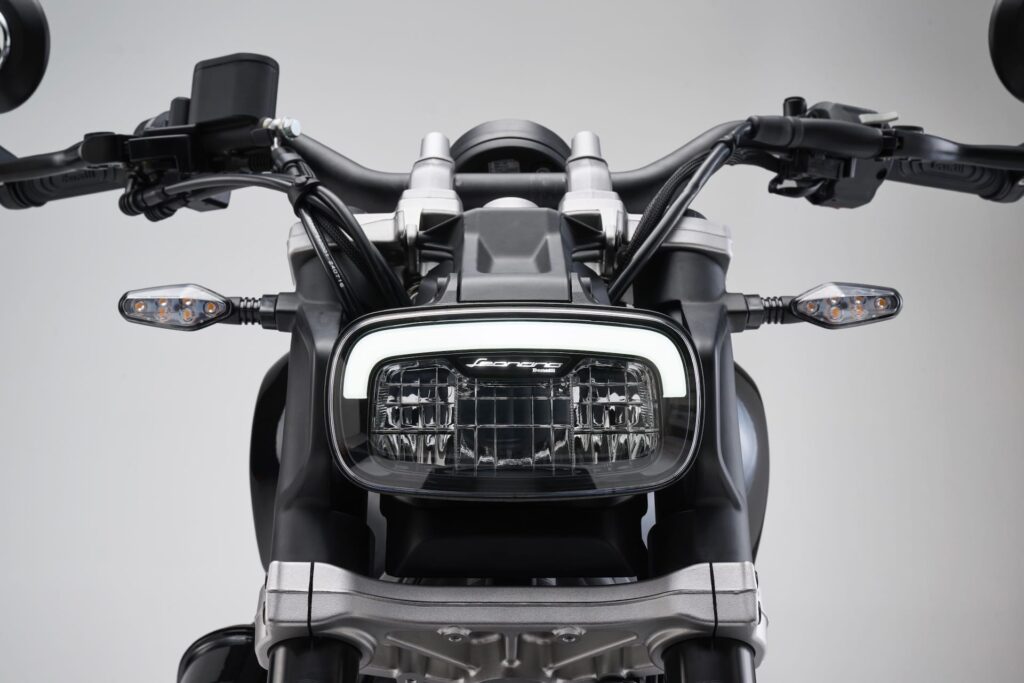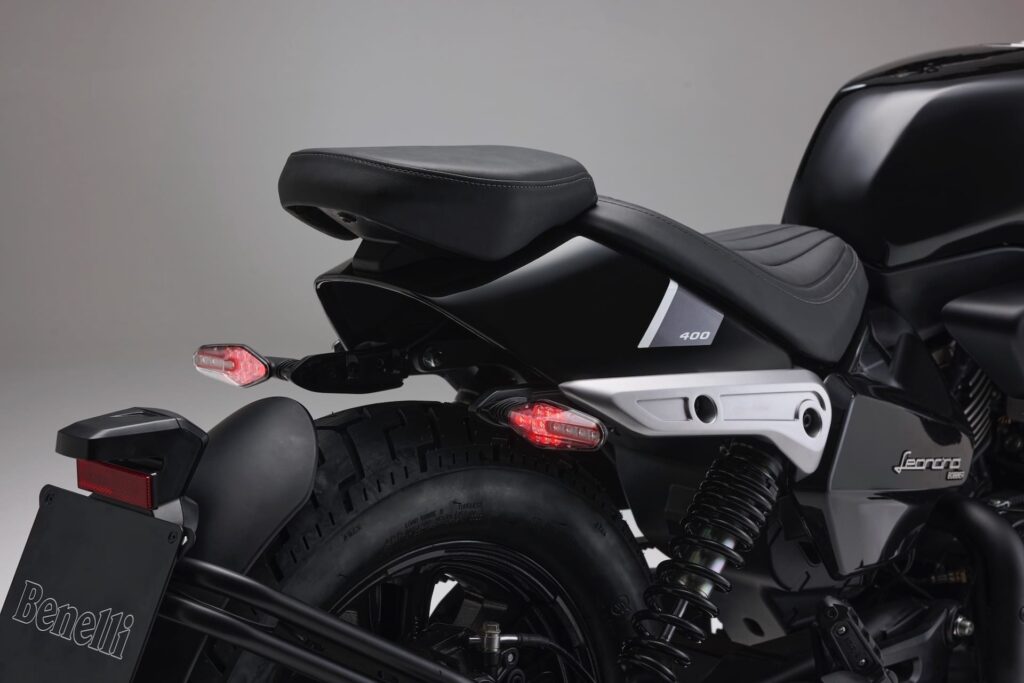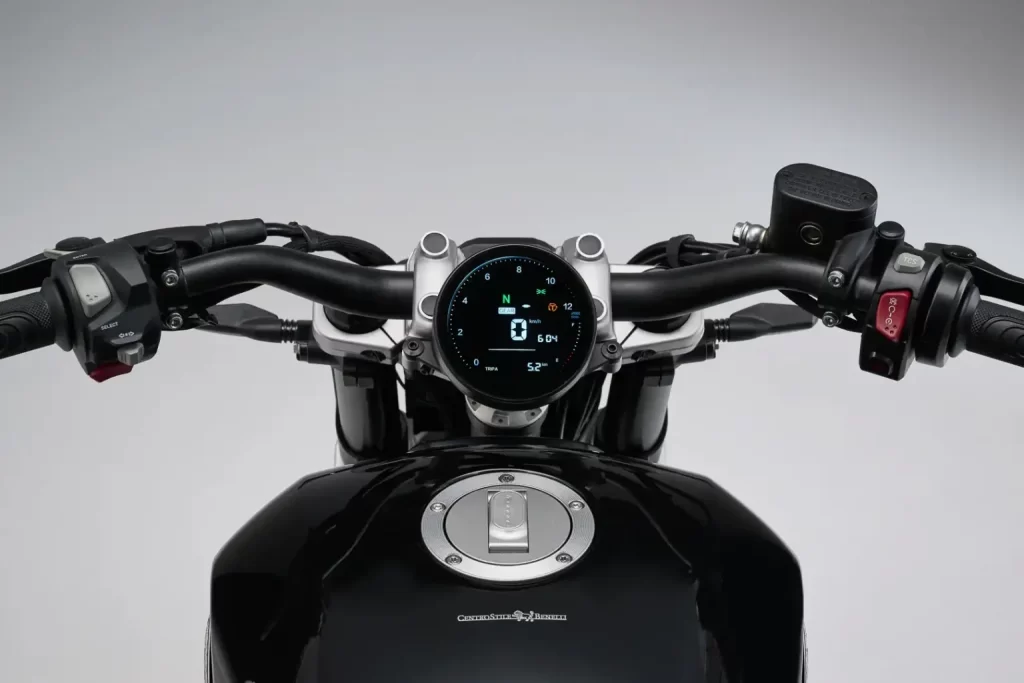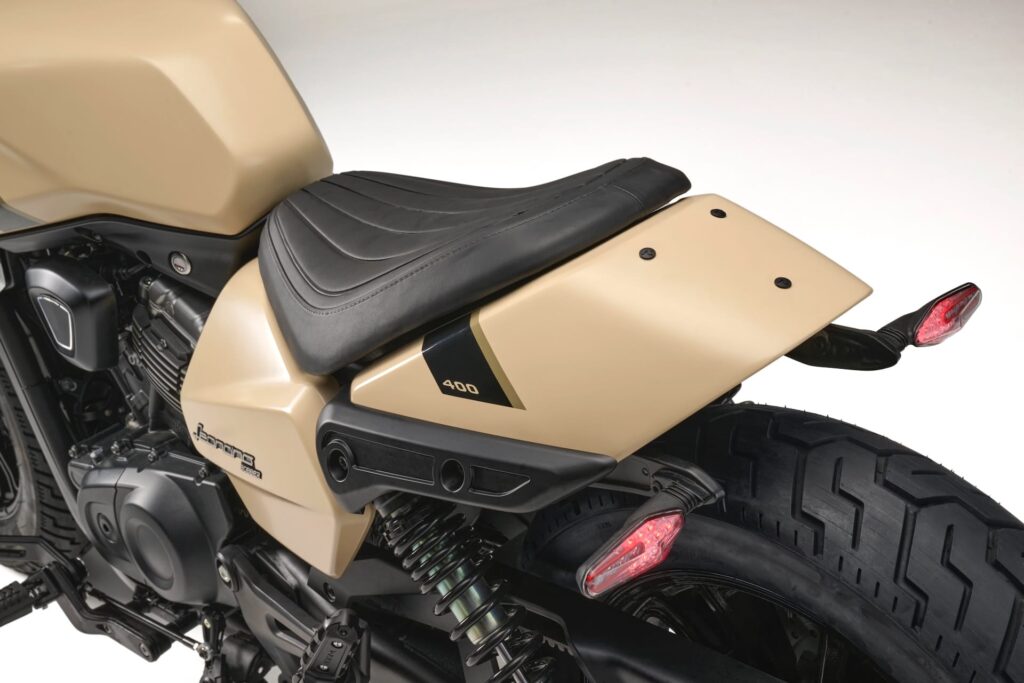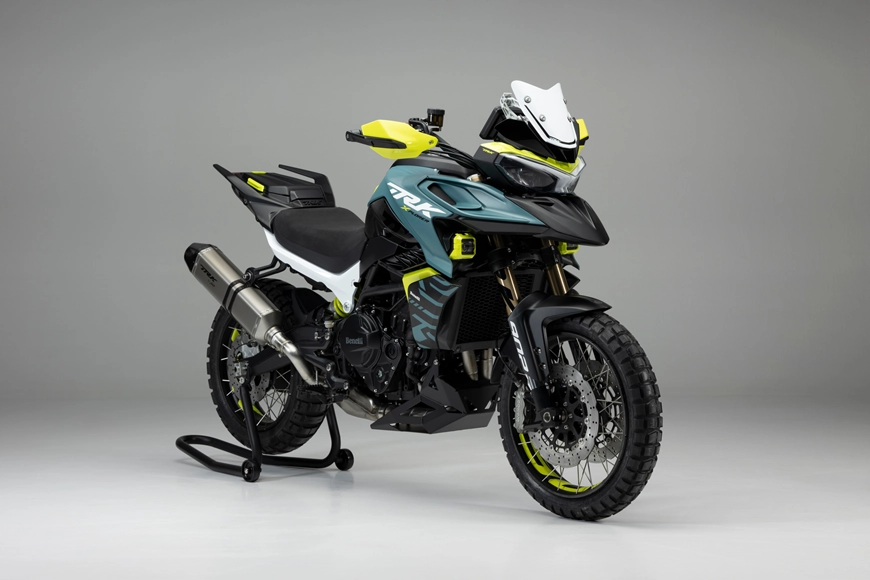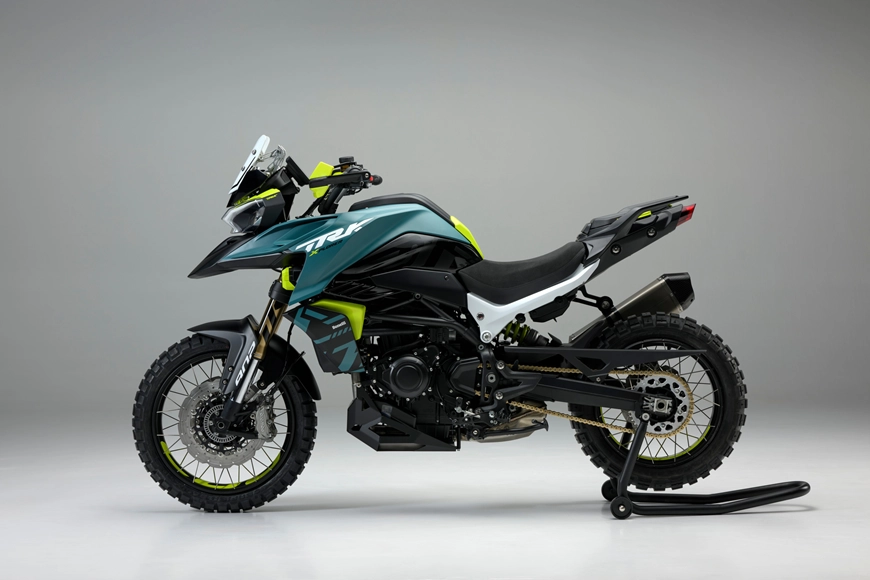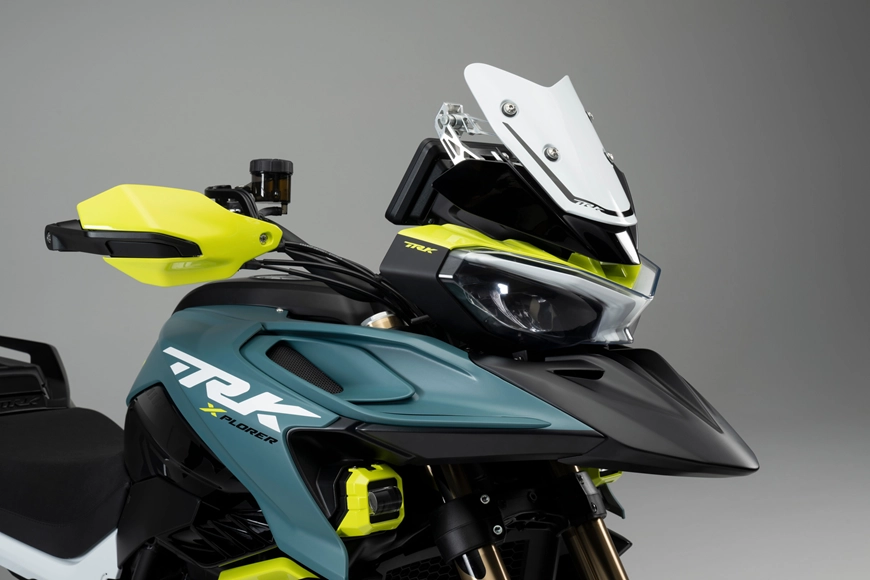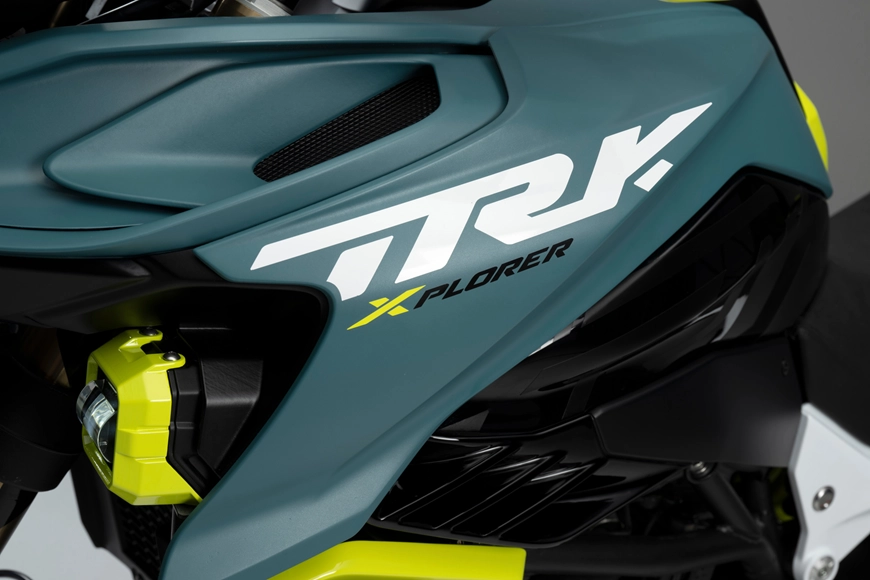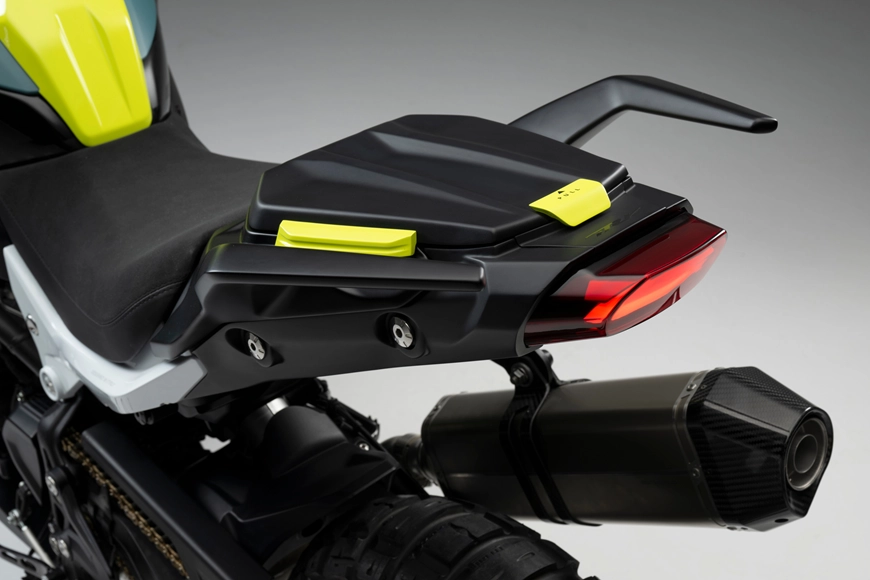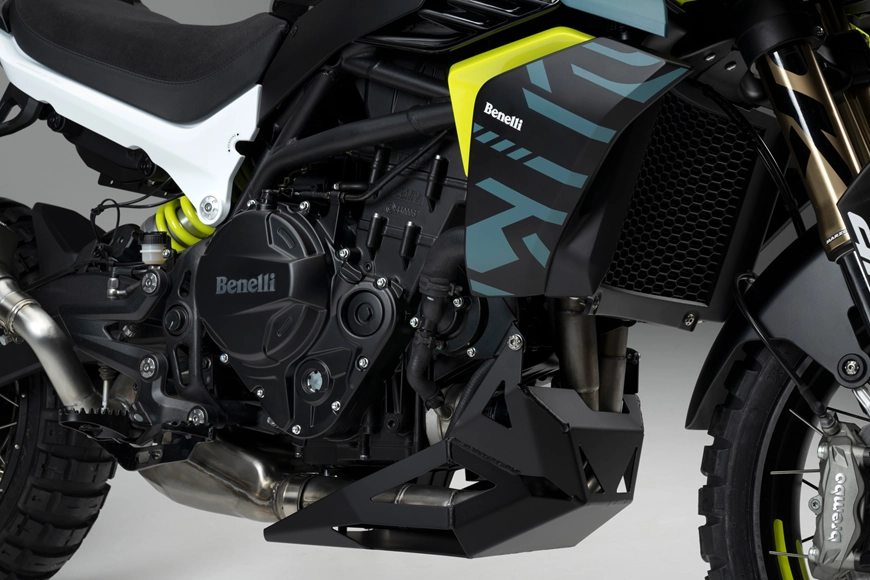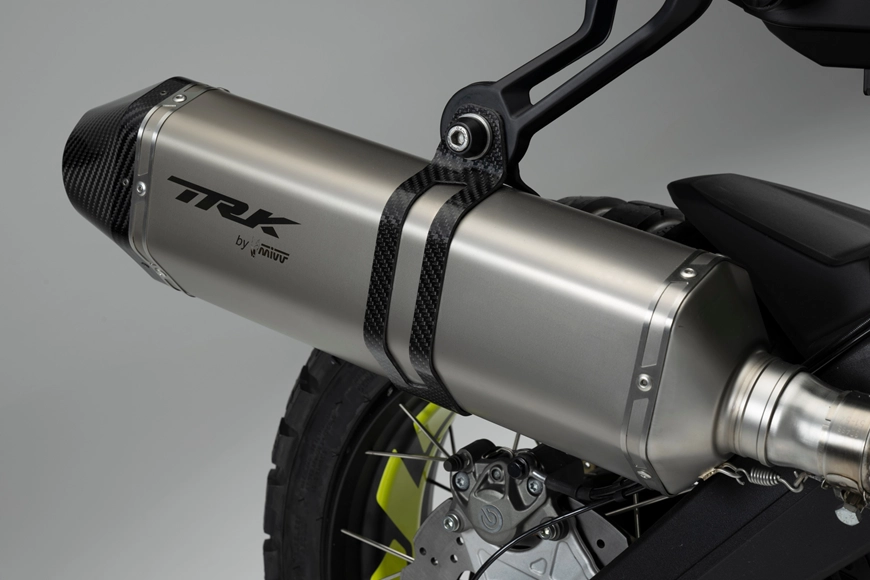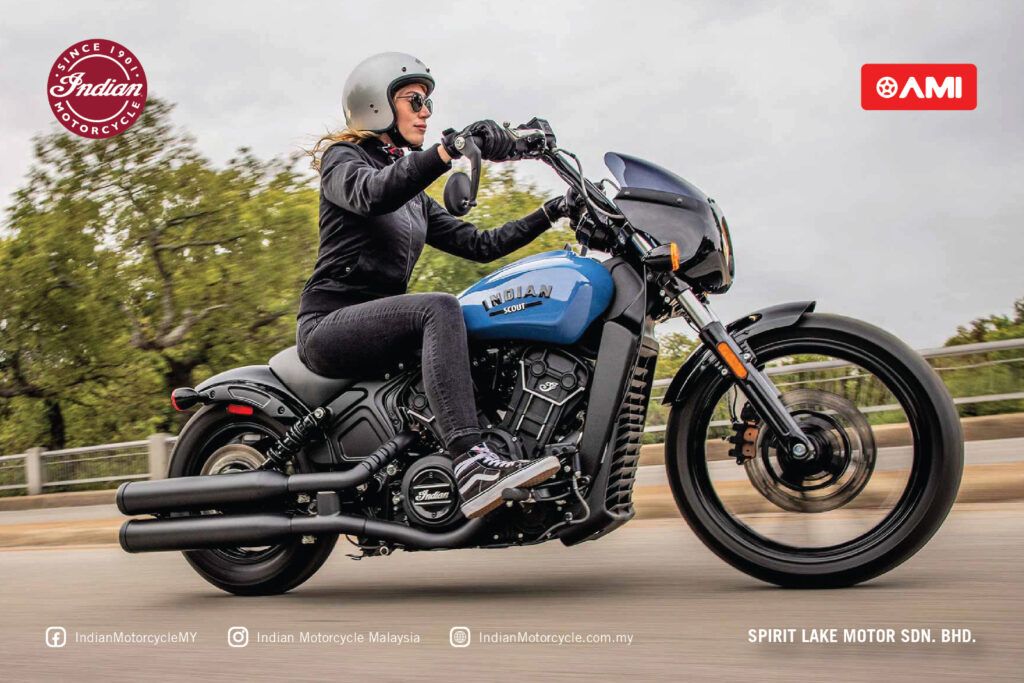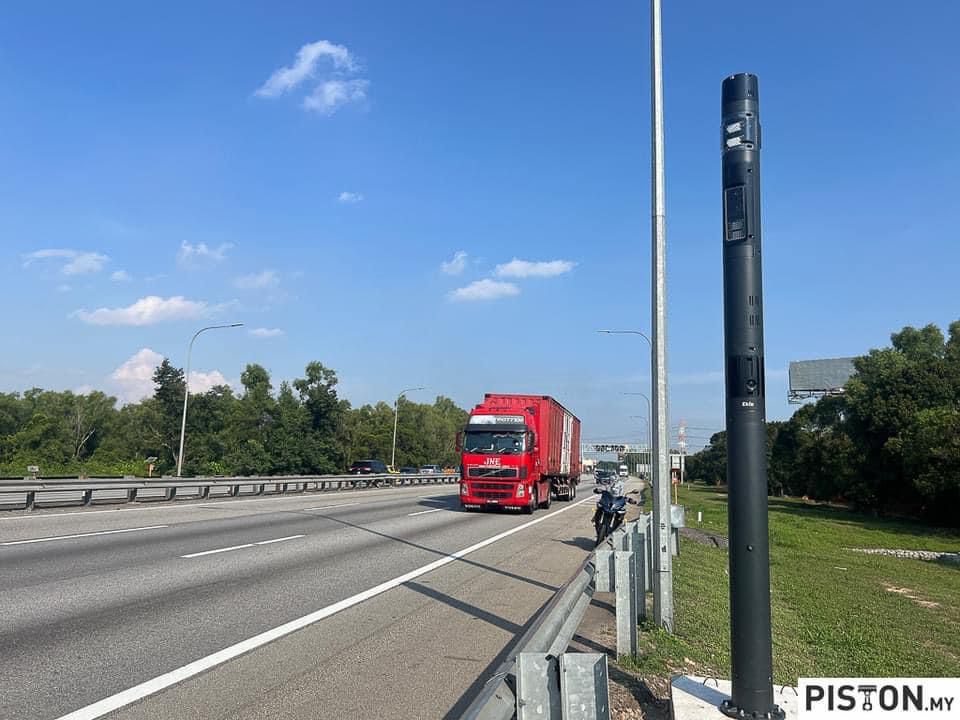Tunnelling work for the the Tianshan Shengli Tunnel, the world’s longest expressway tunnel, has been completed on Monday morning. The completion will facilitate the opening of a new shortcut linking southern and northern parts of Northwest China’s Xinjiang Uygur Autonomous Region, the Xinhua News Agency reported on Monday.
The 22.13-kilometer tunnel, “Shengli,” which means “victory” in Chinese, will reduce the time it takes to drive across the middle section of the Tianshan Mountains from several hours to about 20 minutes once operational, according to Xinhua.

The mega project’s design features a dual-direction, four-lane tunnel with a design speed of 100 km/h. It is located in the remote depths of the Tianshan Mountains, at an average altitude of over 3,000 meters, the China Media Group (CMG) reported on Monday.
Over the past four years, more than 3,000 workers have toiled continuously in high-altitude, low-oxygen environments, while tackling numerous geological challenges and risks such as rock bursts, large deformations in soft rock, and collapses, according to the CMG report.

The project faces severe environmental conditions and highly complex geology. Typically, it would take about 72 months to complete the tunnel using conventional methods. However, the builders successfully completed it in just 52 months, according to CMG.
The Tianshan Shengli Tunnel is a key project of the Urumqi-Yuli Expressway, which runs from the regional capital of Urumqi in northern Xinjiang to Yuli County in southern Xinjiang. The expressway is expected to be fully completed and open to traffic in 2025. The driving time between the two locations will be reduced from about seven hours to just over three hours, according to Xinhua.







